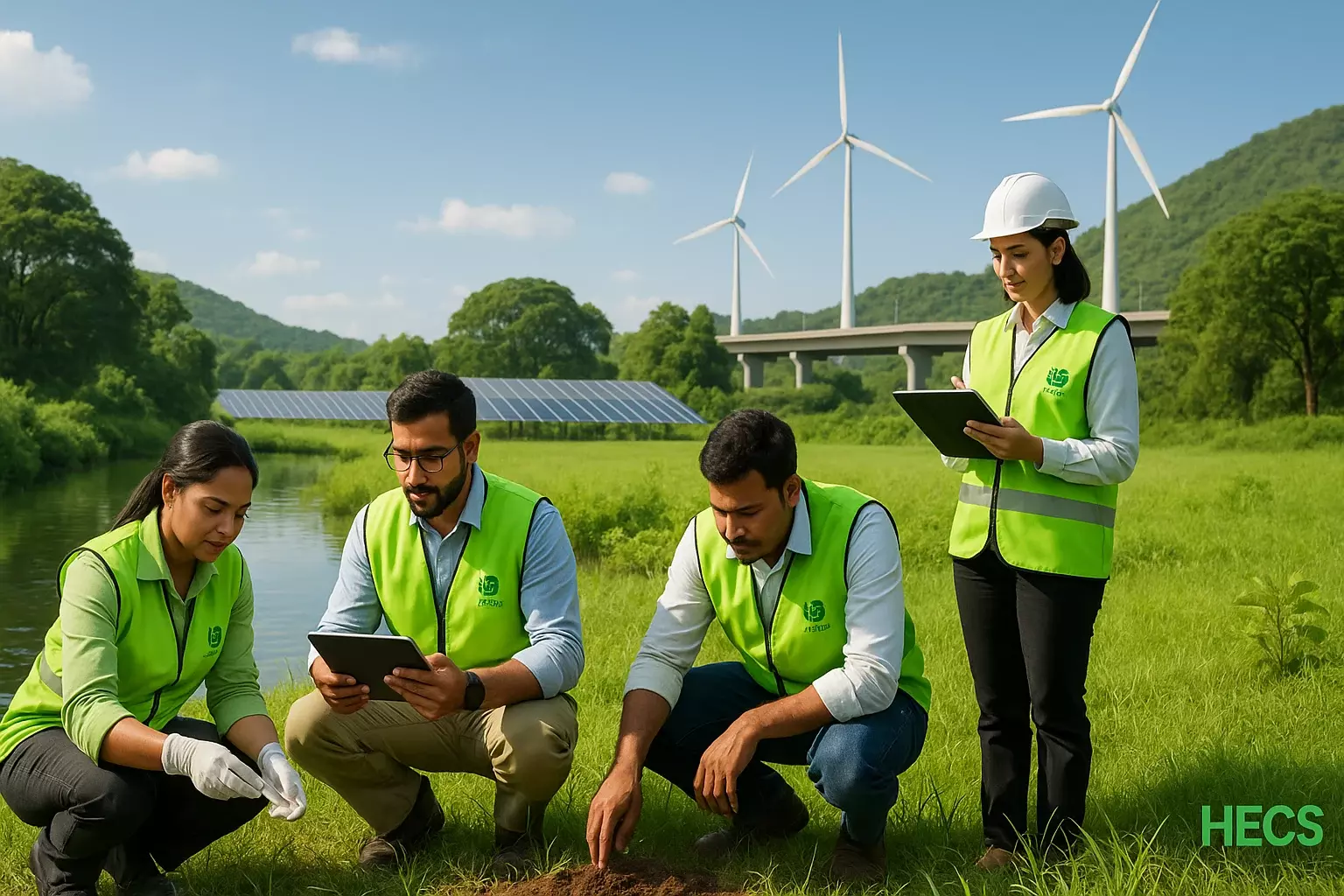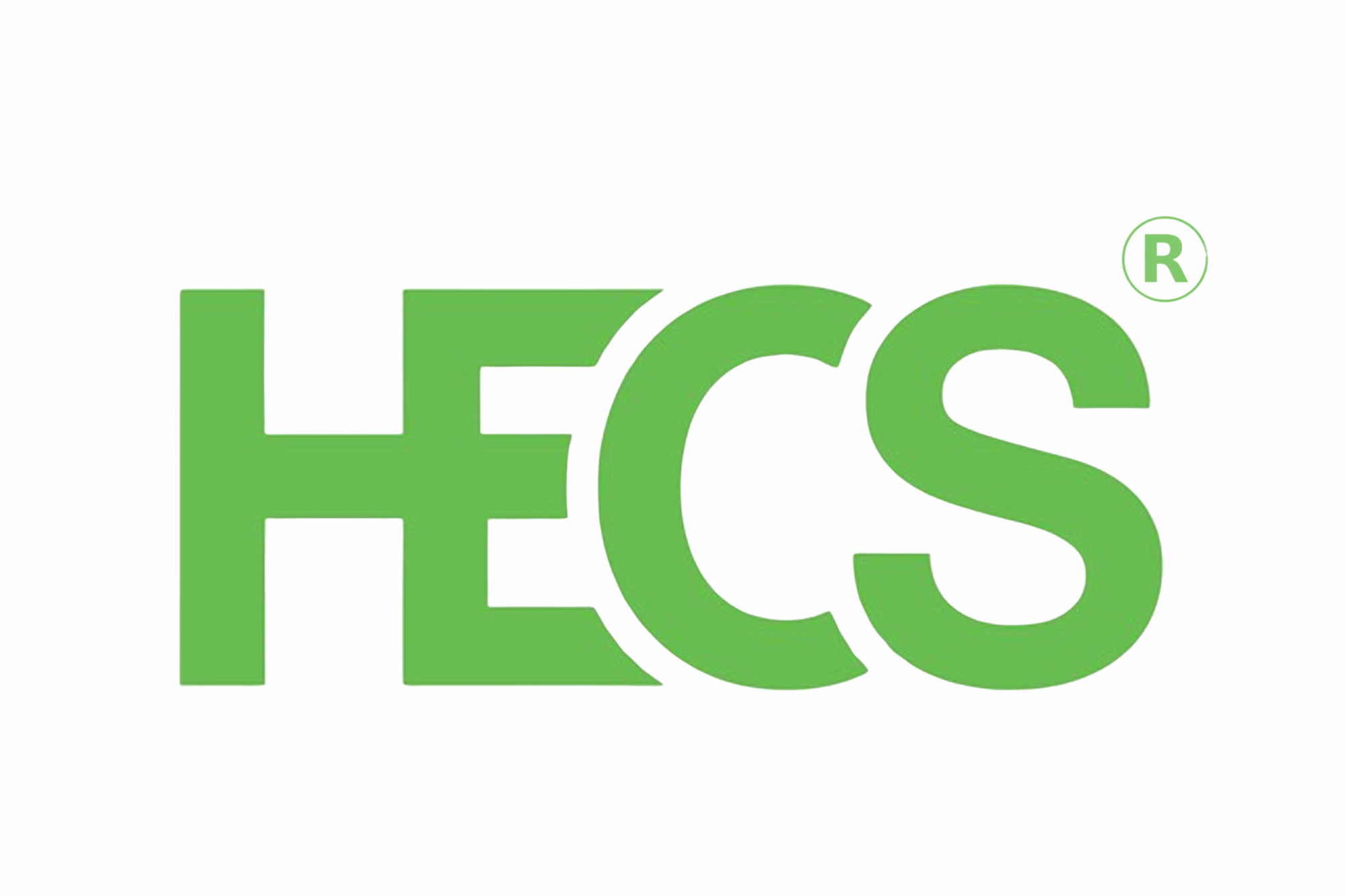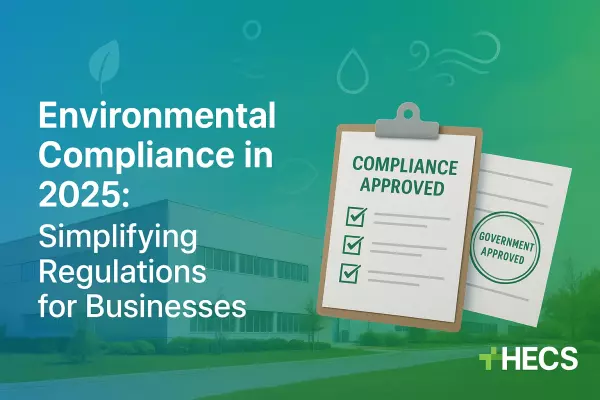
Environmental Impact Assessment (EIA) in India: Complete Step-by-Step Guide for Project Developers 2025

Environmental Impact Assessment (EIA) in India
When planning large-scale infrastructure projects, securing Environmental Impact Assessment in India is more than a regulatory formality—it’s a strategic necessity. Whether you're developing a residential township, industrial unit, or commercial complex, Environmental Impact Assessment in India plays a pivotal role in obtaining project approvals, avoiding legal roadblocks, and ensuring long-term sustainability. With over 40,000 projects undergoing EIA clearance each year and the EIA Amendment Rules 2024 reshaping compliance procedures, understanding the EIA process has become crucial for developers, consultants, and business decision-makers seeking smooth project execution and environmental accountability.
What is Environmental Impact Assessment?
Environmental Impact Assessment (EIA) is a mandatory legal process in India that evaluates the potential environmental, social, and health impacts of proposed development projects before implementation. Established under the Environment Protection Act 1986, EIA ensures that development projects align with sustainable practices while protecting ecosystems and communities.
Key EIA Statistics in India (2024-25):
- 35+ sectors require mandatory EIA clearance
- Average processing time: 105-210 days for Category A projects
- Success rate: 78% of projects receive environmental clearance
- Investment threshold: Projects above ₹20 crores typically require an EIA
- Annual applications: 12,000+ Category A, 28,000+ Category B projects
Why EIA Matters for Your Business
The Ministry of Environment, Forest and Climate Change (MoEFCC) has made EIA clearance mandatory for projects that could significantly impact the environment. Without proper EIA compliance:
- Project delays of 6-18 months are common
- Legal penalties ranging from ₹1 lakh to ₹15 crores
- Investment losses due to regulatory non-compliance
- Reputation damage affecting future project approvals
- EIA Categories and Requirements in India (MOFU Content)
Understanding EIA project categories is essential for planning your compliance strategy and allocating your budget effectively.
Category A Projects (National Level Clearance)
Processed by: MoEFCC, New Delhi
Timeline: 105-210 days
Investment Threshold: Typically ₹500+ crores or strategic importance
Major Category A Sectors:
- Thermal power plants (≥500 MW)
- Nuclear power projects (all capacities)
- Ports and harbours (major ports)
- Airports (new airports, runway ≥2500m)
- Mining projects (≥500 hectares)
- Highway projects (≥100 km, involving forest land)
Category B Projects (State Level Clearance)
Processed by: State Environment Impact Assessment Authority (SEIAA)
Timeline: 105 days
Sub-categories: B1 (requires full EIA) and B2 (EIA exempt)
Common Category B1 Projects:
- Industrial estates (25-500 hectares)
- Thermal power plants (25-500 MW)
- Mining projects (5-500 hectares)
- Building construction (≥20,000 sqm built-up area)
- Township projects (≥50 hectares)
Category B2 Projects (EIA Exempt):
- Small-scale industries
- Building projects (<20,000 sqm)
- Minor irrigation projects
- District roads and rural connectivity

Step-by-Step EIA Process in India (2025 Guidelines)
Phase 1: Project Screening and Categorisation
Duration: 15-30 days
Objective: Determine EIA category and clearance authority
Key Activities:
Project details submission via the PARIVESH portal
- Investment analysis and sectoral classification
- Location screening (ecologically sensitive areas)
- Initial documentation review
Required Documents:
- Project concept note
- Location maps and surveys
- Investment details and timeline
- Preliminary environmental assessment
Phase 2: Scoping and Terms of Reference (ToR)
Duration: 60 days (Category A), 30 days (Category B1)
Objective: Define the EIA study scope and requirements
Scoping Committee Review:
- Environmental impact zones identification
- Baseline data collection requirements
- Stakeholder consultation framework
- Mitigation measures planning
Critical Success Factors:
- Comprehensive site analysis
- Community engagement strategy
- Technical expertise demonstration
- Risk assessment methodology
Phase 3: Comprehensive EIA Study
Duration: 4-12 months (seasonal data collection)
Objective: Detailed environmental impact analysis
Core Study Components:
Environmental Baseline Assessment
- Air quality monitoring: PM2.5, PM10, SO2, NOx levels
- Water quality analysis: Surface and groundwater parameters
- Noise level mapping: Day and nighttime measurements
- Soil quality evaluation: Physical, chemical, and biological properties
- Biodiversity survey: Flora, fauna, ecosystem mapping
Impact Prediction and Evaluation
- Quantitative impact modelling using approved software
- Cumulative impact assessment with existing projects
- Climate change vulnerability analysis
- Socio-economic impact on local communities
- Health risk assessment for surrounding populations
Environmental Management Plan (EMP)
- Pollution control measures and technology selection
- Monitoring protocols and frequency
- Emergency response procedures
- Budget allocation for environmental measures
- Implementation timeline and responsibilities
Phase 4: Public Consultation Process
Duration: 30 days' notification + hearing
Objective: Community participation and feedback incorporation
Public Hearing Requirements:
- 30-day advance notice in local newspapers
- EIA summary translation in the regional language
- District Collector facilitation and documentation
- Stakeholder concerns addressing and response
- Minutes of preparation and submission
Key Stakeholder Groups:
- Local communities and residents
- Environmental activists and NGOs
- Industry associations
- Academic institutions
- Government representatives
Phase 5: Appraisal and Decision Making
Duration: 45-60 days
Authority: Expert Appraisal Committee (EAC) or State Expert Appraisal Committee (SEAC)
Appraisal Process:
- Technical presentation by the project proponent
- Expert committee evaluation and questioning
- Site visit (if required)
- Compliance assessment with guidelines
- Final recommendation to the competent authority
Possible Outcomes:
- Environmental Clearance granted with conditions
- Additional information sought (project on hold)
- Environmental Clearance rejected (rare: <5% cases)
EIA Costs and Timeline Planning
Investment Planning for EIA Compliance
EIA Consultant Fees:
- Category A projects: ₹15-50 lakhs
- Category B1 projects: ₹5-25 lakhs
- Category B2 projects: ₹2-8 lakhs
Additional Compliance Costs:
- Baseline studies: ₹3-15 lakhs (seasonal monitoring)
- Public hearing expenses: ₹50,000-2 lakhs
- Environmental monitoring setup: ₹5-20 lakhs
- Mitigation measures: 2-5% of project cost
Timeline Optimisation Strategies
Fast-Track Approval Tips:
- Early engagement with regulatory authorities
- Complete documentation submission in the first attempt
- Experienced EIA consultants with sector expertise
- Proactive stakeholder management
- Parallel processing of other regulatory approvals
Common Delay Factors to Avoid:
- Incomplete baseline data collection
- Inadequate public consultation
- Technical gaps in impact assessment
- Poor quality EIA report preparation
- Delayed responses to committee queries
EIA Amendment Rules 2024: Latest Updates
The EIA Amendment Notification 2024 introduces several significant changes affecting project developers:
Key Changes:
- Digital submission is mandatory via the PARIVESH 2.0 portal
- Risk-based categorisation for certain sectors
- Enhanced public participation mechanisms
- Post-clearance monitoring requirements strengthened
- Compliance reporting through digital platforms
New Sectoral Guidelines:
- Data centres and IT parks (new category inclusion)
- Solar and wind energy (streamlined process)
- Pharmaceutical manufacturing (enhanced scrutiny)
- E-waste management (mandatory EIA for large facilities)
- Choosing the Right EIA Consultant: Decision Framework
- Technical Expertise Evaluation
Essential Qualifications:
- NABET accreditation for EIA consultancy
- Sector-specific experience (minimum 5 projects)
- Regional knowledge of local regulations
- Technical team strength (environmental engineers, ecologists)
- Software capabilities (modelling and GIS)
- Service Portfolio Assessment
Comprehensive Service Offering:
- Pre-feasibility environmental screening
- Detailed EIA study and report preparation
- Public consultation management
- Regulatory liaison and follow-up
- Post-clearance compliance support
- Cost-Benefit Analysis Framework
Evaluation Parameters:
- Total cost of engagement vs project value
- Timeline adherence track record
- Success rate in obtaining clearances
- Post-clearance support availability
- Technology integration capabilities
- Environmental Compliance Beyond EIA
Integrated Regulatory Approach
Concurrent Approvals Required:
- Consent to Establish (CTE) from the State Pollution Control Board
- Consent to Operate (CTO) post-construction
- Forest clearance for projects affecting forest land
- Coastal Regulation Zone (CRZ) clearance for coastal projects
- Wildlife clearance for projects near protected areas
- Ongoing Compliance Management
Post-Clearance Obligations:
- Six-monthly compliance reports to regulatory authorities
- Annual environmental audits by accredited agencies
- Real-time monitoring data submission
- Community consultation during operations
- Environmental management system certification
Why Choose HECS for Your EIA and Environmental Compliance Needs
At HECS, we understand that successful project implementation depends on seamless environmental compliance. With over 4000+ successful EIA clearances across diverse sectors, we offer end-to-end solutions that accelerate your project timeline while ensuring robust environmental protection.
Our Comprehensive EIA Services
Pre-Assessment Phase:
- Regulatory feasibility analysis and sector guidance
- Site selection environmental screening
- Investment planning for compliance costs
- Timeline optimisation strategies
EIA Study and Documentation:
- NABET-accredited consultancy services
- Advanced modelling and analysis capabilities
- Comprehensive baseline studies with an in-house NABL-certified lab
- Expert report preparation and technical presentations
Regulatory Management:
- End-to-end project liaison with authorities
- Public consultation planning and execution
- Multi-agency coordination for concurrent approvals
- Post-clearance compliance management
Why HECS Stands Out
Proven Track Record:
- 95% first-time clearance success rate
- Average 25% faster processing than the industry standard
- Zero compliance violations in managed projects
- 500+ satisfied clients across India
Technical Excellence:
- 50+ certified environmental engineers
- State-of-the-art modelling software and tools
- NABL-accredited laboratory partnerships
- Continuous technology upgrades and training
Client-Centric Approach:
- Dedicated project managers for single-point contact
- 24/7 compliance support during critical phases
- Performance guarantees with service level agreements
Ready to Accelerate Your Project's Environmental Clearance?
Don't let EIA compliance become a bottleneck in your project timeline. Our expert team is ready to guide you through every step of the environmental clearance process, ensuring faster approvals with robust compliance frameworks.
Get Started Today:
- Free consultation for your specific project requirements
- Comprehensive compliance audit and gap analysis
- Customised service packages based on your timeline and budget
- Guaranteed support throughout your project lifecycle
Contact HECS Environmental Consultancy:
Transform your environmental compliance from a regulatory burden into a competitive advantage. Choose HECS for faster clearances, robust compliance, and sustainable project success
Share this post:





